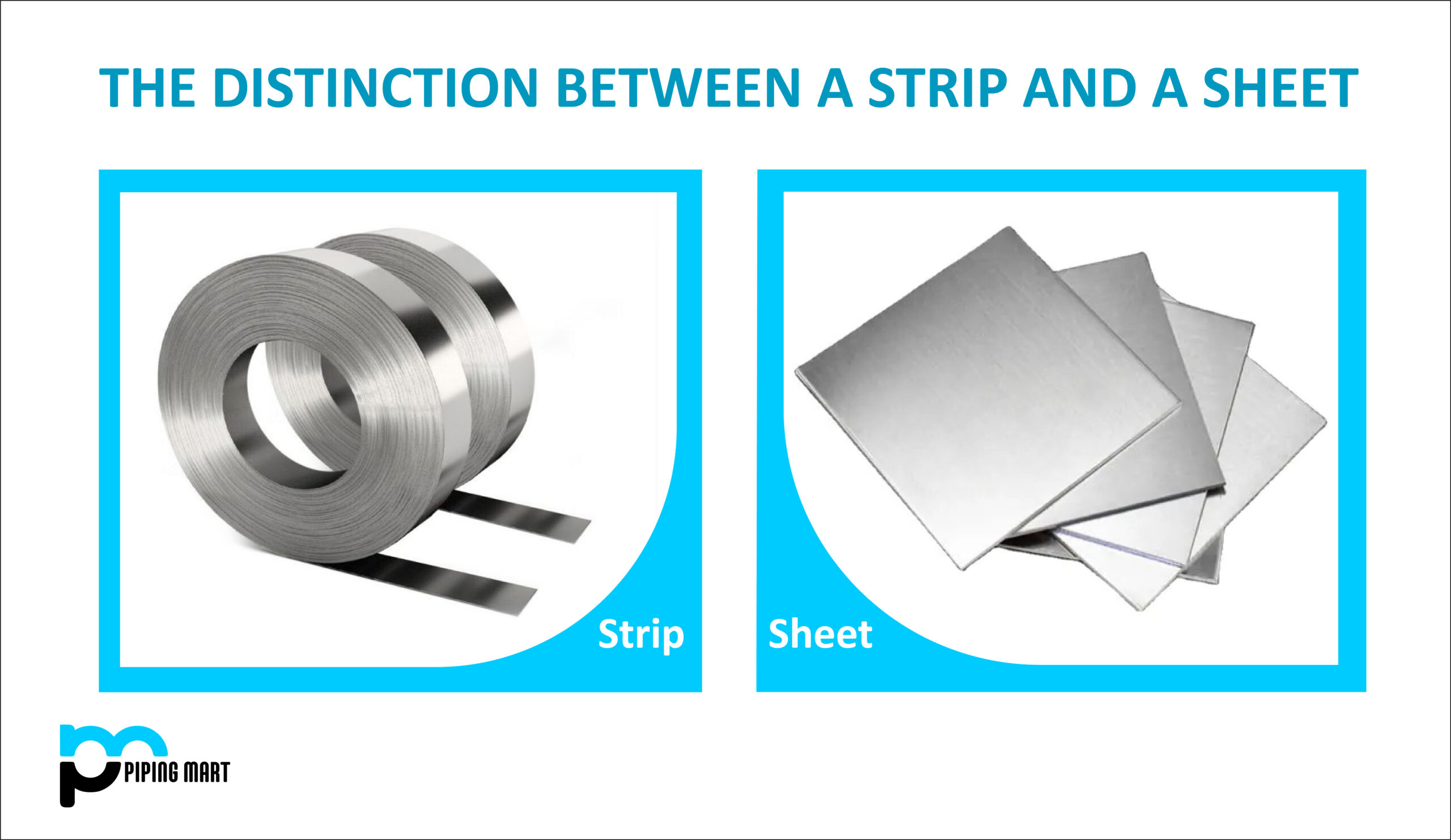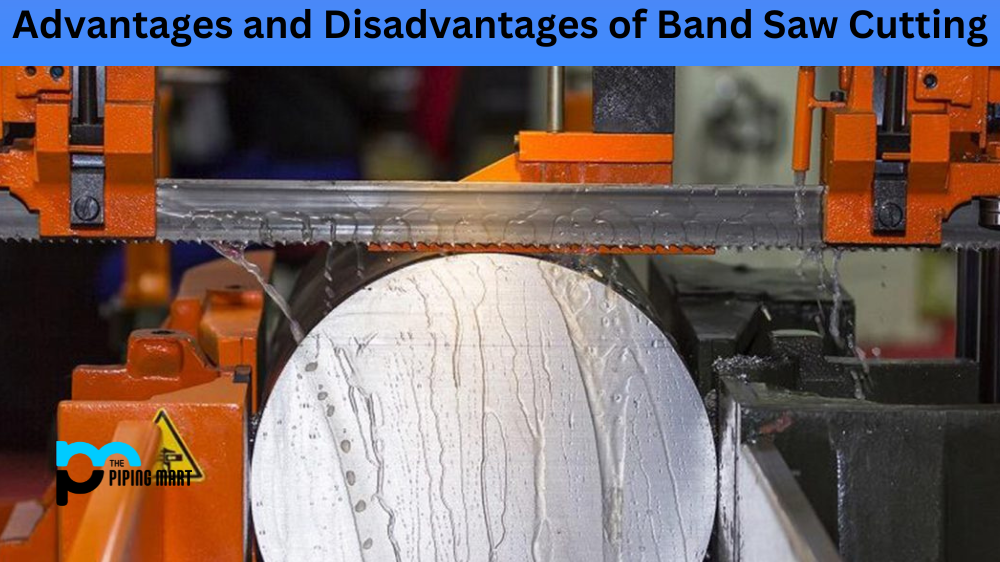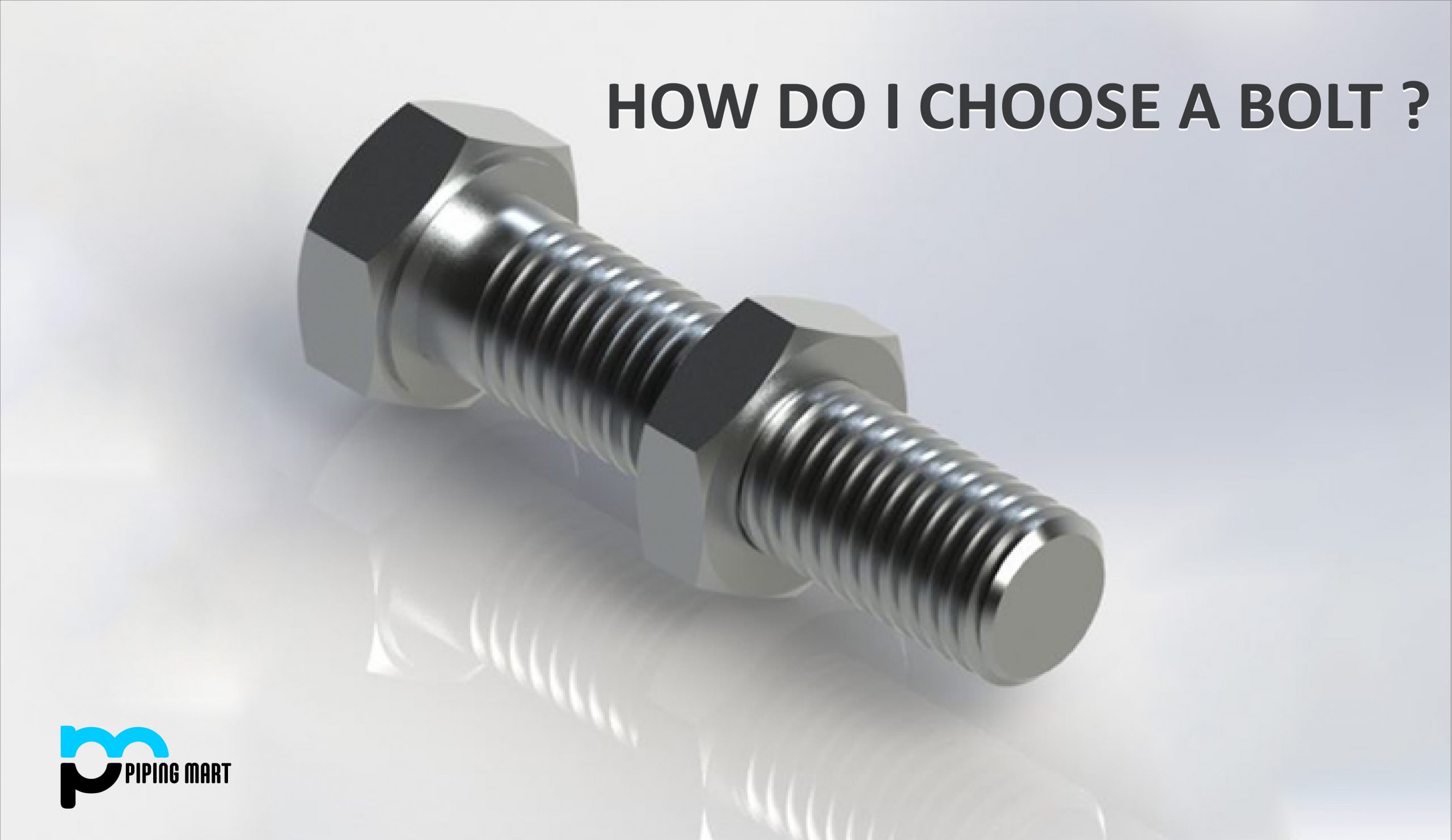Strip and sheet are just a couple of the main product shapes available for aluminium and stainless steel alloys. There is a distinction between strip and sheet for individuals unfamiliar with the terms used in the stainless steel and aluminum industries.
What is aluminium and stainless steel sheet?
A metal slab or billet that has been preheated is fed through rollers until it reaches the desired thickness to make a sheet. “Hot rolling” is the term used to describe this procedure.
Products made of stainless and carbon steel are frequently pickled after being hot-rolled. The metal is put through an acid bath to achieve this. After the pickling process, traditional carbon steel is quite prone to rust. Thus, a thin layer of oil is applied to protect the surface. The majority of stainless steel doesn’t need this.
An annealing procedure is typically used on stainless steel to increase ductility and corrosion resistance. Aluminium sheets can be thermally treated, strain-hardened, or annealed according to the grade. Typically, the fabrication process used to create a given product will determine this.
Additionally, cold rolling techniques may be applied to the coils to lower the material’s thickness further. To get a completed standard width, such as 48″, 60″, or 72″, the coils’ edges are cut. On a levelling line, the coils may undergo additional processing before being chopped to specified lengths, such as 96″, 120″, or 144″.
What is an aluminium and stainless steel strip?
Both strip and sheet begin as flat rolled coil products at the mill. Once more, the procedure starts with a slab or billet that is reduced through a series of passes through rolling mills during the hot rolling process. Direct cold-rolling can also give the coiled stock its desired ultimate thickness.
The width of the coiled product is where the strip and sheet diverge most. Anything coiled that is 24″ or broader is referred to as a sheet, while anything that is less than 24″ is called a strip. Although there are numerous uses below, today’s precision slitters can achieve widths as tiny as 0.035″. A drawn or rolled wire product may be more advantageous for 25″ wide applications.
The coil is then rolled out to its final width, a procedure known as roll slitting, to create a strip. Slitting is done from a single master coil into various widths. Typically, standard widths range from three-quarters of an inch to eight inches. Traditional pancake or ribbon coils are constructed from a single strip until the maximum OD tolerance is met. Oscillate, or traverse, coiled coils are made by joining coils together and winding the resulting strip back and forth on a drum that moves back and forth, much like a spool of thread or garden hose.
What are the typical applications for sheet and strip?
Sheet products are used for more significant metal fabrications, as indicated by their size, whereas strip coils are employed to create smaller pieces. The strip is frequently used in deep drawing, progressive stamping processes, and roll-forming operations to produce tubes. Depending on the function and project involved, standard sheet sizes are often sheared into smaller sheets, shaped, welded, drawn into different manufactured parts, or used entirely.

Pipingmart is B2B portal specializes in industrial, metal and piping products. Also, share latest information and news related to products, materials and different types grades to help business dealing in this industry.




